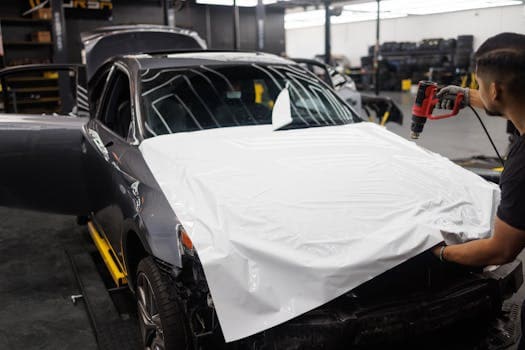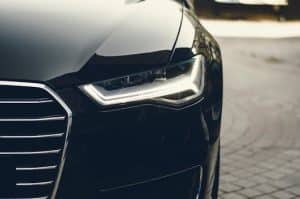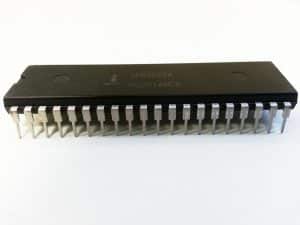Nano-Paint: Self-Healing Surfaces for Modern Vehicles
Have you ever imagined a car that can heal its own scratches and scrapes, without the need for a costly trip to the body shop? Sounds like something out of a science fiction movie, right? Well, thanks to advancements in nanotechnology, this may soon become a reality. Introducing Nano-Paint, a revolutionary self-healing surface for modern vehicles. In this article, we’ll dive into what Nano-Paint is, how it works, and how it can benefit both drivers and the automotive industry as a whole. 
The Rise of Nano-Paint
Nano-Paint is a cutting-edge technology that uses nanotechnology, the manipulation of matter on an atomic, molecular, and supramolecular scale, to heal scratches and scrapes on a vehicle’s surface. The concept of self-healing materials has been around for decades, but it was only with the recent advancements in nanotechnology that the idea became a viable solution for commercial use. And with the rise in popularity of electric and autonomous vehicles, the demand for innovative solutions like Nano-Paint has never been higher.
How Does Nano-Paint Work?
So, how exactly does this self-healing surface work? It all comes down to the power of nanotechnology. Nano-Paint contains tiny particles called nanoparticles that are engineered to have certain properties, such as flexibility and reactivity. These nanoparticles are dispersed evenly throughout the paint and can react with each other when a scratch or scrape occurs. This reaction leads to the formation of a new, strong bond, repairing the damage and restoring the surface to its original smoothness.
One of the most impressive features of Nano-Paint is its durability. The nanoparticles are constantly moving and reacting, which means they can heal scratches and scrapes over and over again. This makes Nano-Paint a long-lasting solution that can save drivers hundreds, if not thousands, of dollars on costly repairs.
The Benefits of Nano-Paint
Aside from its self-healing capabilities, Nano-Paint offers numerous benefits to both drivers and the automotive industry. For drivers, Nano-Paint means no more spending time and money on minor scratches and scrapes. It also helps to maintain the value of their vehicle, as it keeps the exterior looking brand new for longer. Additionally, Nano-Paint could potentially reduce the need for repainting jobs, which can release harmful pollutants into the environment.
For the automotive industry, Nano-Paint could be a game-changer. One of the biggest challenges for car manufacturers is ensuring durability and longevity of the paint on their vehicles. With Nano-Paint, they can provide a long-lasting solution for their customers, while also reducing the need for expensive repainting processes.
The Future of Nano-Paint
As with most emerging technologies, there is still much research and development that needs to be done before Nano-Paint becomes a staple in the automotive industry. Currently, the cost of producing Nano-Paint is quite high, making it inaccessible for mass production. However, as technology advances and production costs decrease, we can expect to see Nano-Paint become a standard feature in modern vehicles.
In addition to its potential use in the automotive sector, Nano-Paint could have applications in other industries, such as aerospace and construction. Imagine buildings with self-healing surfaces that can withstand the wear and tear of weather and other environmental factors.
The Bottom Line
Nano-Paint is an exciting breakthrough in nanotechnology that has the potential to revolutionize the way we think about vehicle maintenance. Its self-healing abilities and numerous benefits make it a highly sought-after solution for both drivers and the automotive industry. While it may still be in its early stages, Nano-Paint is a promising glimpse into the future of advanced materials and their impact on our daily lives.









